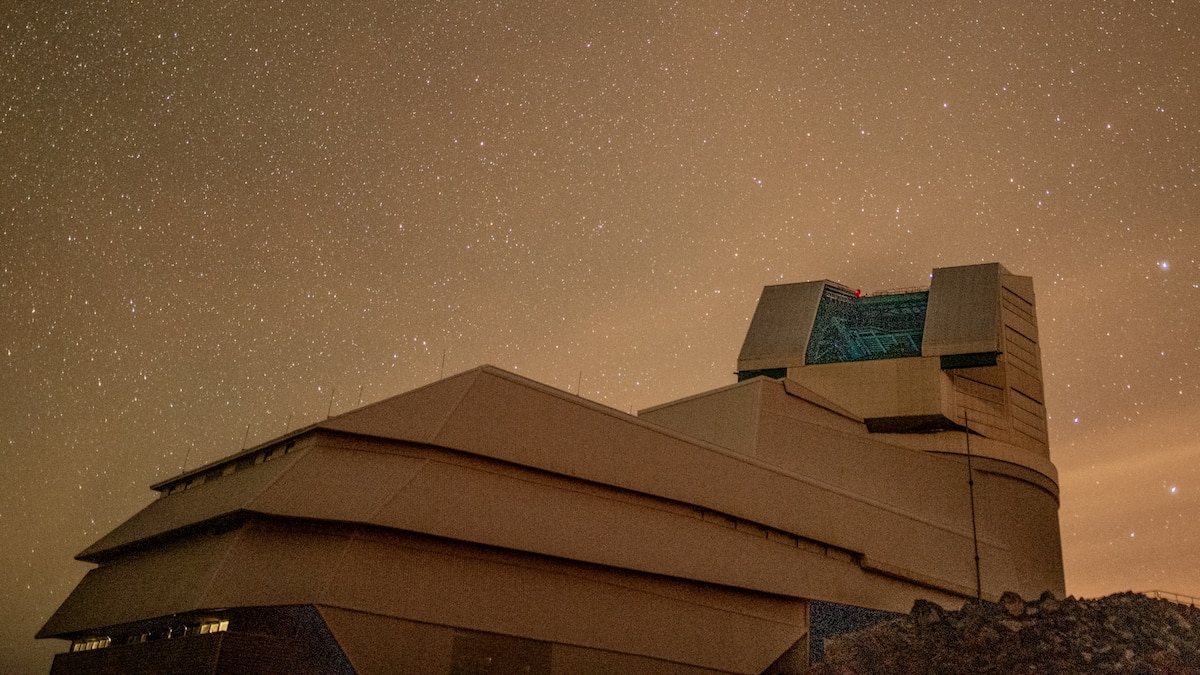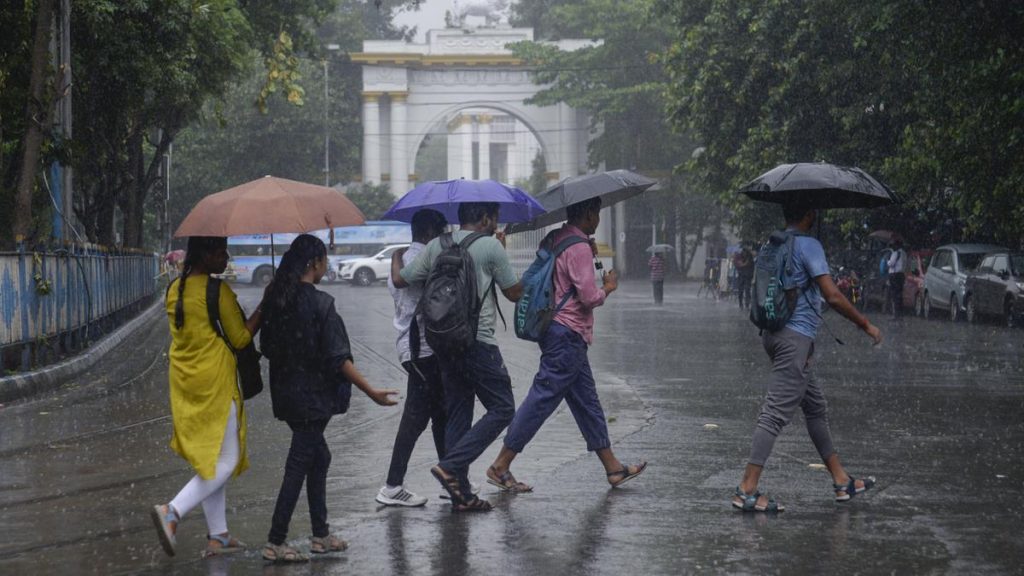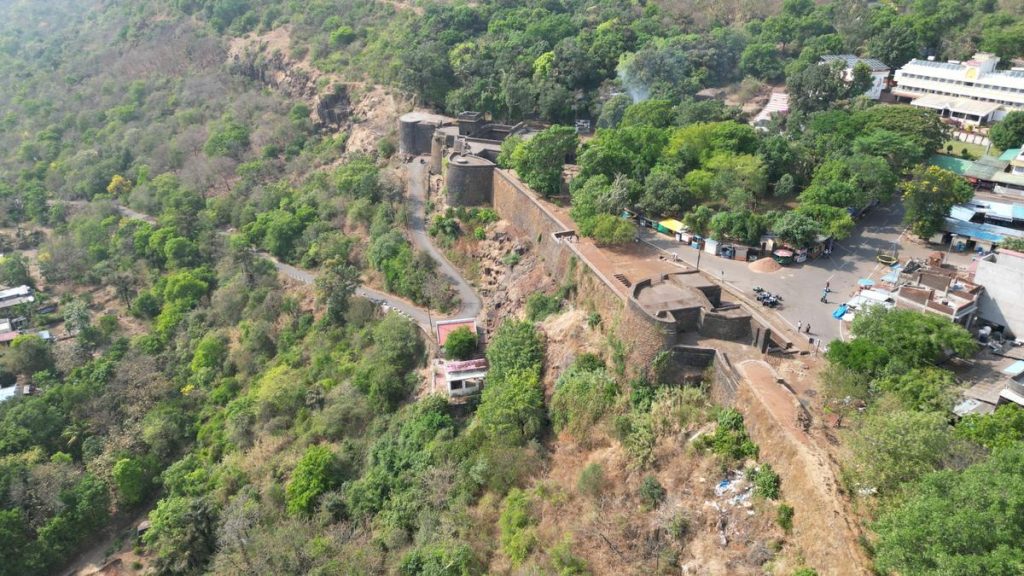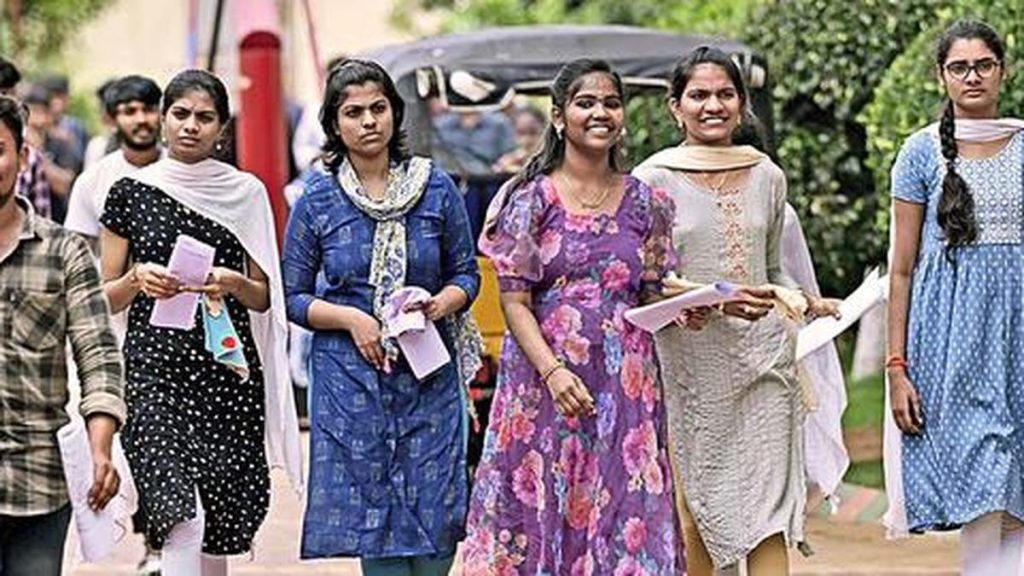Now Reading: Are Interstellar Objects Key to Unlocking the Alien Life Mystery?
-
01
Are Interstellar Objects Key to Unlocking the Alien Life Mystery?
Are Interstellar Objects Key to Unlocking the Alien Life Mystery?

Speedy Summary:
- Interstellar objects are rare visitors from beyond the solar system, appearing untethered by any star’s gravitational pull.
- Only three have ever been discovered: ‘Oumuamua (2017), Borisov (2019), and 3I/ATLAS (2023).
- The Vera C. Rubin Observatory in Chile,operational later this year,is expected to increase discoveries of interstellar objects,possibly spotting between five and 100 over the next decade.
- These objects provide clues to cosmic processes that form planetary systems; some theories suggest they were ejected by turbulent or dying stars.
- Observations help solve puzzles of planet formation and expand knowledge about planetary systems’ evolution over time.
- Some debate exists around alien origins of specific interstellar objects like ‘Oumuamua; mainstream science leans toward natural explanations such as dark comets or comet-like gas venting.
!ʻOumuamua illustration
ʻOumuamua remains enigmatic yet seems mostly aligned with natural phenomena.
Illustration by NASA/ESA/STScI
!Borisov image
Hubble Space Telescope image of Borisov-the second-known interstellar visitor.
Photograph by NASA, ESA and D. Jewitt (UCLA)
Indian Opinion Analysis:
The finding of interstellar objects holds immense scientific promise for India as it works toward establishing broader engagement in the space sector. Such findings can deepen our understanding of how planetary systems evolve-information crucial for India’s aspirations in space exploration programs like Gaganyaan and future missions targeting deep space research.
India’s growing focus on telescopes like AstroSat could benefit from global partnerships with observatories such as Vera C. Rubin for observational data sharing. Insights into planet formation mechanics are particularly relevant to ISRO’s interest in exoplanet studies under projects like ExoWorlds’ Science Initiative; collaborations could position India favorably as a contributor to both observational astrophysics and theoretical modeling.
Whether due to natural causes or stranger possibilities regarding their origins, these interstellar travelers highlight humanity’s collective quest for knowledge beyond Earth’s boundaries-a shared endeavor aligning well with India’s scientific ambitions on the global stage.



























